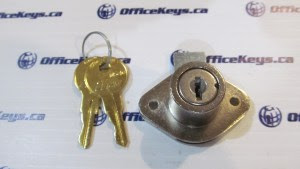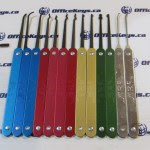People
have been installing locks since 4,000 years ago. This was the time when people
from Assyria installed devices made of wood that served the purpose of locking
and securing their homes. For a long time, they were able to do the job
effectively. However, thieves quickly caught up and they were able to defeat
this earlier system. This prompted people to make improvements to the locks and
just like their earlier counterparts; they were able to do the job of securing
homes and properties. That is, until the thieves caught up. This game of tag
went on for the centuries to come. In fact, it's still happening now.
Lock
manufacturers are routinely making improvements to their locks to the delight
of homeowners. In a way, these improved measures provide a feeling of security.
For centuries, hearing a lock click in place is enough for people to feel safe
when they turn in for the night. However, lock picks
have exposed locks as nothing more than devices that offer a false sense of
security.
Some
of the most popular locks today feature pins or wafers that prevent the lock
from opening. This was a good mechanism for the locks. Yes, it WAS a good
mechanism. These locks had 5 or 6 pins of different heights and these pins
block the path of the plug so that you can't turn it in order to open the lock.
The right key has teeth of different heights. These teeth raise the pins gently
upwards so that the pins will align with the shear line so you can turn the
plug.
Now,
these locks have 2 glaring weaknesses. First, the pins can be manipulated.
Notice how the teeth of the key manipulate the pins in place. This means that
in reality, all you need to do is to manipulate them until they're aligned with
the shear line. In a way, the pins that were designed to arm the lock are the lock's
most glaring weakness.
Of
course, the key will need an access point so it can reach the pins. This is
what the keyhole is for. This is the other glaring weakness of locks. The
keyhole is basically a small door, an invitation if you will, for someone to
try and manipulate the pins inside. Sure, the lock can secure your home's entry
point. But what's securing the lock's entry point?



